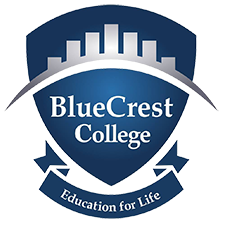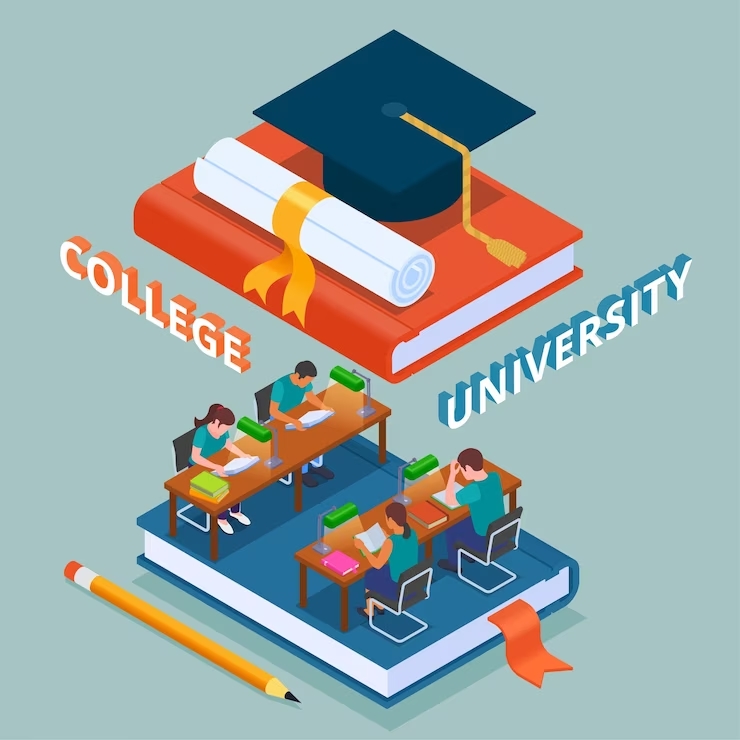Dr.Vivekananth Padmanabhan |HOD-IT| Senior lecturer IT&Business| Teacher Training Facilitator
What if we could transform the way students learn at the tertiary level, making it more engaging, interactive, and memorable?
Well, the good news is, we can!
Flipped learning, also known as the flipped classroom, is an innovative approach that reimagines the traditional classroom structure, leading to an enhanced learning experience for students. But what exactly does it mean to “flip” a classroom?
How can this approach make tertiary education more engaging?
Let’s dive in.
What is flipped learning?
In a traditional classroom, students listen to lectures during class and then complete assignments, problem sets, or readings at home.
In a flipped learning model, this process is reversed. Students watch lectures, read materials, and explore concepts outside of class and then use class time to engage in active learning activities like group discussions, problem-solving, or collaborative projects.
The foundation of flipped learning is to maximize the time students spend in the classroom, making it more productive and hands-on.
By shifting the role of the teacher from a “sage on the stage” to a “guide on the side,” students are empowered to take ownership of their learning and explore concepts more deeply.
The Benefits of Flipped Learning:
- Improved Student Engagement
Imagine sitting in a lecture hall, listening to a professor drone on for hours about complex mathematical theorems. Imagine a classroom where students work together to solve challenging problems, ask questions, and apply concepts to real-world situations.
Which environment do you think is more engaging?
Flipped learning creates a more interactive and dynamic classroom, fostering an atmosphere of curiosity and collaboration. By allowing students to actively participate, they become more invested in their learning and develop a deeper understanding of the material.
- Enhanced Learning Outcomes
In a flipped learning environment, students are encouraged to learn at their own pace, allowing them to explore concepts and ideas more thoroughly. This personalized approach can lead to better retention and understanding of the material.
For example, consider a course on computer programming. Instead of spending class time listening to lectures about coding, students could watch video lectures at home and then come to class ready to work on coding projects with their peers.
This hands-on approach allows them to apply their knowledge and receive immediate feedback, leading to improved problem-solving skills and a stronger grasp of the subject matter.
- Greater Flexibility and Accessibility
Flipped learning offers increased flexibility for both students and instructors. With lectures and materials available online, students can access the content whenever and wherever is most convenient for them.
This flexibility can be especially beneficial for non-traditional students, who may be balancing work, family, and other responsibilities alongside their education.
How can we implement flipped learning in tertiary education?
Are you ready to flip your classroom and enhance the learning experience for your students?
Here are some practical steps to get started:
- Curate or create high-quality content
Choose engaging, relevant materials that students can access outside of class. This might include video lectures, articles, podcasts, or interactive online modules.
- Design active learning activities:
Create in-class activities that promote collaboration, problem-solving, and critical thinking. This could involve group discussions, debates, case studies, or hands-on projects.
- Set clear expectations.
Make sure students know what is expected of them in a flipped learning environment. Clearly communicate the importance of completing pre-class work and participating actively in class.
- Provide support:
Offer resources and opportunities for students to seek help if they are struggling with the material, such as office hours or online forums.
By flipping the classroom, we can create a more engaging, interactive, and effective learning experience for tertiary students.
Are you ready to transform your teaching and help your students reach their full potential?
It’s time to flip the script!








